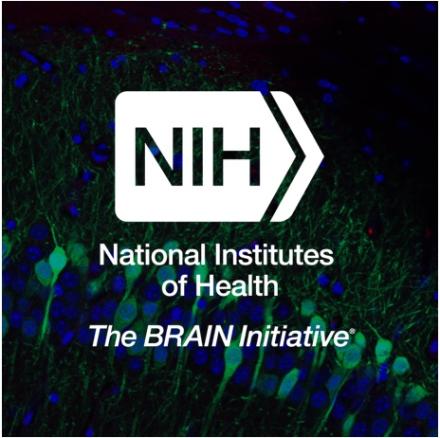NIH BRAIN Initiative collaboration looking at clinical research considerations
News

BRAIN News Spotlight
Researchers Fully Map Neural Connections of the Fruit Fly Brain
NIH-supported milestone will advance understanding of brain processes in larger animals.
View Spotlight ArticleThe NIH-led Brain Research through Advancing Innovative Neurotechnologies® (BRAIN) Initiative is revolutionizing our understanding of how the brain works through its creation of new imaging tools. One of the latest advances—used to produce this rainbow of images—makes it possible to view dozens of proteins in rapid succession in a single tissue sample containing thousands of neural connections, or synapses.
Did you miss out on the annual BRAIN Initiative Investigators meeting last month? Catch up here!
November 2, 2018
NIH announces new round of awards for cutting-edge brain research
March 27, 2018
NIH Directors Blog - In recent years, researchers fueled by The BRAIN Initiative® and many other NIH-supported efforts have made remarkable progress in mapping the human brain in all its amazing complexity.
October 30, 2017
Grants aim to address neuroethical issues associated with human brain research.
In the News
The BRAIN Initiative Alliance (BIA) aims to spread the word about BRAIN-funded scientific advancements. Visit the BIA website for up-to-date news coverage about the impact of BRAIN Initiative research.
The BRAIN Blog
The BRAIN Blog covers updates and announcements on BRAIN Initiative research, events, and news. Hear from BRAIN Initiative trainees, learn about new scientific advancements, find out about recent funding opportunities, and more.
